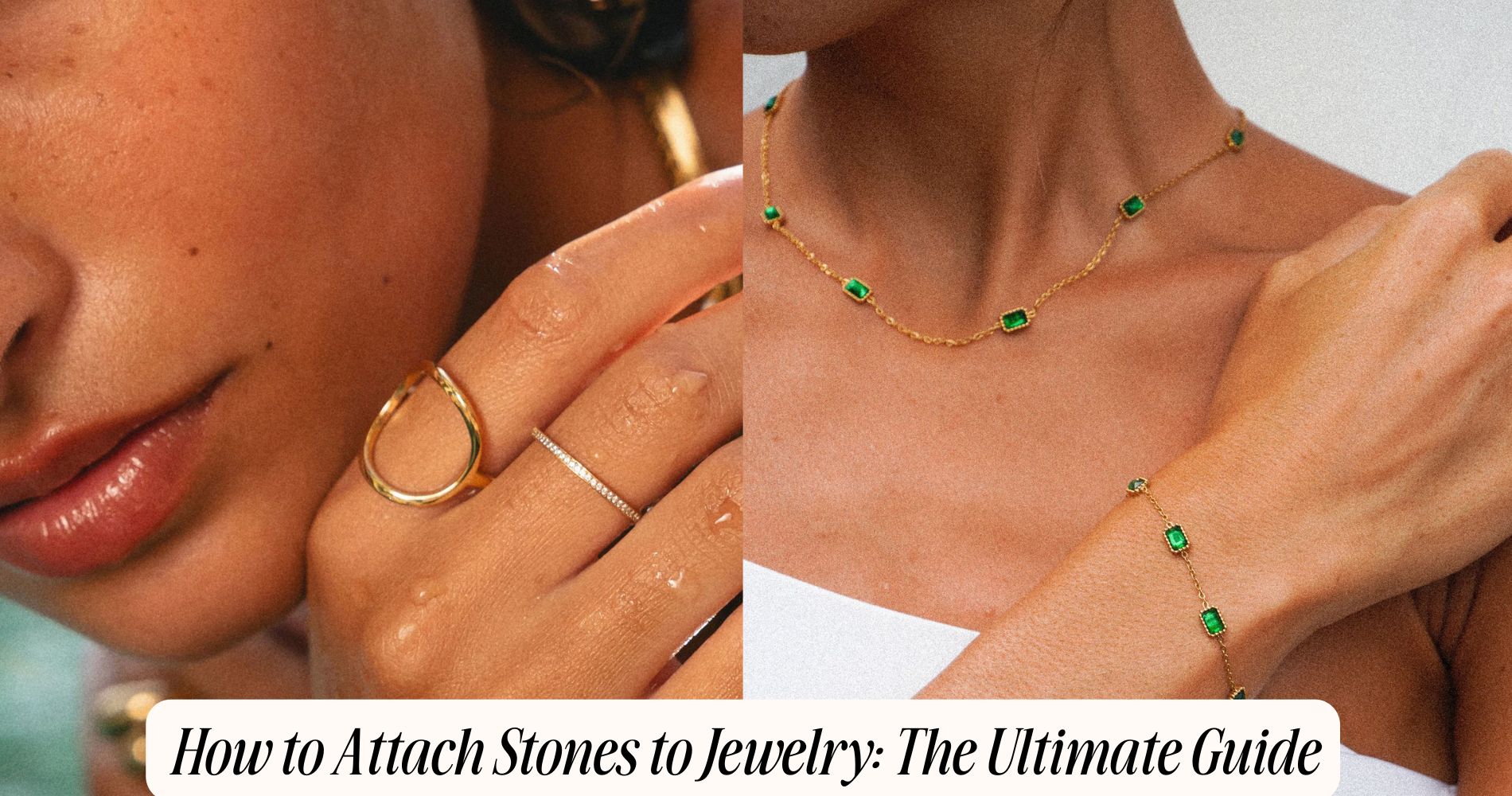
How to Attach Stones to Jewelry: The Ultimate Guide
Learning how to attach stones to jewelry is all about technique and attention to detail. Start by selecting the right stones, considering their properties and durability. Equip yourself with essential tools like pliers, wire cutters, and tweezers. For secure attachment, use methods such as wire wrapping, prong settings, or adhesives like strong jewelry glue. Always verify surfaces are clean for a better bond and allow adhesive to cure fully. Think creatively; combine colors and shapes to make your piece unique. Each choice you make shapes your final creation, and with further insights, you'll find even more ways to enhance your jewelry-making skills. If you're looking to create lasting pieces, consider using waterproof jewelry for added durability.
Choosing the Right Stones
When it comes to choosing the right stones for your jewelry, you'll find that not all gems are created equal. Understanding birthstone meanings and stone properties is crucial for creating pieces that resonate with both you and your intended wearer. Each gemstone carries unique attributes, from color and clarity to hardness and healing properties, so you'll want to take these factors into account carefully.
For instance, sapphires symbolize wisdom and loyalty, while garnets are linked to passion and energy. Using birthstones can add a personal touch, making your jewelry more meaningful. Think about the occasion: does it celebrate a birthday, anniversary, or a special achievement? Selecting the appropriate stone can elevate the sentiment of your creation.
Additionally, reflect on how the stone's properties affect its durability and suitability for your design. Softer stones like opals may not hold up well in everyday wear, whereas diamonds are renowned for their strength.
Essential Tools and Materials
Creating stunning jewelry requires the right tools and materials at your fingertips. Start by gathering essential tool types like pliers, wire cutters, and tweezers. Each of these tools serves a specific purpose: pliers help you manipulate wire and adjust settings, while wire cutters guarantee clean cuts for a polished finish. Tweezers are invaluable for placing delicate stones accurately without risking damage.
Next, focus on material selection. Depending on the type of stones you're using, you'll need appropriate adhesives or settings. For instance, if you're working with heavier stones, consider using epoxy or a strong adhesive specifically designed for jewelry. Additionally, you might want to invest in various stone settings such as bezel cups or prong settings, which can dramatically enhance your piece's aesthetics.
Don't forget to have a sturdy work surface, as it'll help you manage your materials efficiently. Organizing your tools and materials will save you time and frustration, allowing you to focus on your creative vision.
With the right combination of tool types and material selection, you'll be well-equipped to attach stones seamlessly to your jewelry designs.
Basic Attachment Techniques
With your tools and materials ready, it's time to explore how to effectively attach stones to your jewelry. Understanding basic techniques is essential for ensuring your stones stay securely in place, regardless of the stone types you're working with.
One of the simplest methods is using adhesive. Choose a strong jewelry glue designed for bonding stones to metal or other materials. Apply a small amount to the back of your stone, then press it firmly into place. Allow it to cure according to the manufacturer's instructions for the best results.
Another technique is wire wrapping, which is perfect for stones with holes or those that can be securely held in place. Cut a length of wire and thread it through the stone's hole, creating a loop. Twist the wire around itself to secure the stone, and then attach it to your jewelry piece.
For a more traditional approach, consider using prong settings. This involves creating small metal prongs to hold the stone securely in a setting. It's ideal for faceted stones, allowing light to shine through beautifully.
Each of these basic techniques will provide a reliable foundation for your jewelry-making journey.
Advanced Setting Methods
Advanced setting methods take your jewelry craftsmanship to the next level, offering both sophistication and durability. Two popular techniques you should master are bezel settings and prong settings, each providing a unique aesthetic and structural integrity.
With bezel settings, you'll encase the stone in a metal rim, which not only enhances its beauty but also secures it from damage. This method is perfect for softer stones, as the surrounding metal offers protection while showcasing the gem's brilliance.
To achieve a flawless bezel, you'll want to carefully measure your stone and file the bezel edges to fit snugly.
On the other hand, prong settings are ideal for maximizing a stone's visibility. This technique uses metal prongs that grip the stone at various points, allowing light to enter from multiple angles and accentuating its sparkle.
When setting a stone with prongs, you'll need to guarantee they're evenly spaced and securely bent over the gem.
Both methods require precision and a steady hand, but the end results will elevate your pieces, making them not just jewelry, but wearable art.
Tips for Secure Attachments
When attaching stones, your choice of adhesive can make all the difference in durability and appearance.
Before you apply that glue, guarantee the surfaces are properly prepared to maximize adhesion.
Finally, consider securing your stones with appropriate settings for an added layer of protection and style.
Choosing the Right Adhesive
Selecting the right adhesive is vital for guaranteeing your stones stay securely attached to your jewelry. When it comes to jewelry-making, not all adhesives are created equal. For the best results, consider using epoxy adhesives. These two-part adhesives offer exceptional strength and durability, making them ideal for attaching heavier stones. They cure clear, allowing for a seamless finish that won't detract from your design.
If your piece requires flexibility, opt for flexible glue. This type of adhesive remains pliable after curing, which is perfect for jewelry that may experience movement or bending. Flexible glue accommodates different materials and provides a solid bond without the risk of cracking.
Before applying any adhesive, make certain to read the manufacturer's instructions carefully. Each adhesive has its unique curing time and application method, so understanding these details will help you achieve peak results.
Also, consider the materials you're working with, as some adhesives may not bond well with specific surfaces. Ultimately, choosing the right adhesive is vital for the longevity of your jewelry.
Take your time to select the best option for your project, and you'll guarantee your stones remain securely in place for years to come.
Proper Surface Preparation
To achieve a strong bond between your stones and jewelry, proper surface preparation is essential. Start with thorough surface cleaning; any dust, grease, or residue can compromise adhesive bonding. Use a soft cloth or a brush to gently remove all particles from the stone and jewelry surface. For metal components, a mild soap and water solution works wonders. Rinse and dry completely before proceeding.
Next, consider the material of both your stone and jewelry. Certain materials, like porous stones, may require additional treatment. A light sanding can create a rougher surface, enhancing the adhesive bond. If you're working with glass or ceramic, make certain the surface is smooth yet free of any contaminants.
Once everything's clean and dry, apply a small amount of your chosen adhesive to both surfaces. Avoid using too much, as excess can seep out and ruin the aesthetic.
Securing With Settings
Securing your stones with settings is a significant step in creating durable and aesthetically pleasing jewelry. Choosing the right setting style is essential, as it provides not only security but also enhances the beauty of different stone types.
Whether you're working with delicate opals or robust sapphires, each stone demands a specific approach. For softer stones, like turquoise, consider using a bezel setting. This encases the stone in a metal border, protecting it from scratches and breakage.
If you're using harder stones, like diamonds, a prong setting can be ideal, allowing maximum light to enter while keeping the stone securely in place.
Don't overlook the importance of material choice for your settings. Gold, silver, and platinum each offer different levels of durability and aesthetic appeal. Make certain that your setting complements the stone, balancing strength and style.
Finally, always double-check that your stones fit snugly within their settings. A loose fit can lead to stones falling out, ruining your hard work.
Creative Design Ideas
While exploring creative design ideas for attaching stones to jewelry, you'll find that the possibilities are nearly endless. Start by experimenting with unique color combinations that resonate with your style. For instance, pairing deep blues with sparkling silver can create an elegant contrast, while warm earth tones mixed with vibrant greens evoke a natural, organic feel.
Consider using pattern inspirations from nature or cultural art forms. Geometric designs using stones in various shapes can add a modern twist, while floral motifs can soften your pieces. You can also explore asymmetrical designs, where stones are arranged in a non-traditional format to create visual interest.
Don't shy away from mixing materials either; combining metal with leather or fabric can enhance the overall aesthetic. Think about layering stones of different sizes and textures to create depth and dimension.
Finally, embellish your stones with intricate wire wrapping or beadwork to add a personal touch. With these design ideas, you'll not only attach stones to jewelry creatively but also express your individuality, making each piece truly one-of-a-kind. Let your imagination guide you!
Care and Maintenance of Jewelry
After you've crafted your unique stone designs, it's important to think about how to care for and maintain your jewelry to keep it looking its best.
Start with regular cleaning techniques. For most stones, a gentle solution of warm water and mild soap will suffice. Use a soft cloth or a soft-bristled toothbrush to gently scrub away dirt and oils. Avoid harsh chemicals, as they can damage both stones and metal settings.
When it comes to storage solutions, think about protecting your pieces from scratches and tangles. Use a jewelry box with individual compartments or soft pouches for each item. If you've got delicate stones, consider wrapping them in acid-free tissue paper.
Also, keep your jewelry away from direct sunlight and humidity, as these can fade or tarnish your pieces over time.
Lastly, be mindful of when you wear your jewelry. Remove it before swimming, exercising, or applying lotions and perfumes.
Frequently Asked Questions
What Types of Stones Are Best for Beginners?
As a beginner, you'll find that gemstones like quartz and amethyst are perfect choices. Their durability makes them ideal for learning techniques, and their beauty will inspire your creativity as you craft stunning jewelry pieces.
Can I Use Glue Instead of Metal Settings?
You can use glue instead of metal settings, but choose glue types carefully. Some glues weaken stone durability, risking your design's integrity. For lasting results, opt for strong adhesives specifically designed for jewelry applications.
How Do I Choose the Right Size Stones?
When choosing stone sizes, consider the design's balance and the stone shapes you prefer. Larger stones create focal points, while smaller ones complement details. Experiment with combinations to achieve a harmonious look in your jewelry.
Is It Necessary to Use a Soldering Iron?
You don't always need a soldering iron; it depends on your design. For intricate pieces, soldering techniques guarantee durability. Just remember, prioritize jewelry safety by using proper ventilation and protective gear when working with heat.
How Can I Tell if a Stone Is Genuine?
To tell if a stone's genuine, use stone identification techniques like the scratch test or specific gravity measurement. Additionally, gemstone authenticity tests, such as refractive index and magnification, can reveal essential details about your stone's true nature.
Conclusion
By now, you've got the tools and techniques to transform your jewelry with stunning stone attachments. Whether you're opting for a simple glue or diving into advanced settings, remember to prioritize security and creativity. Don't hesitate to experiment with designs that reflect your unique style. With care and maintenance, your creations will shine for years to come. So gather your materials, release your creativity, and let your jewelry-making journey begin!








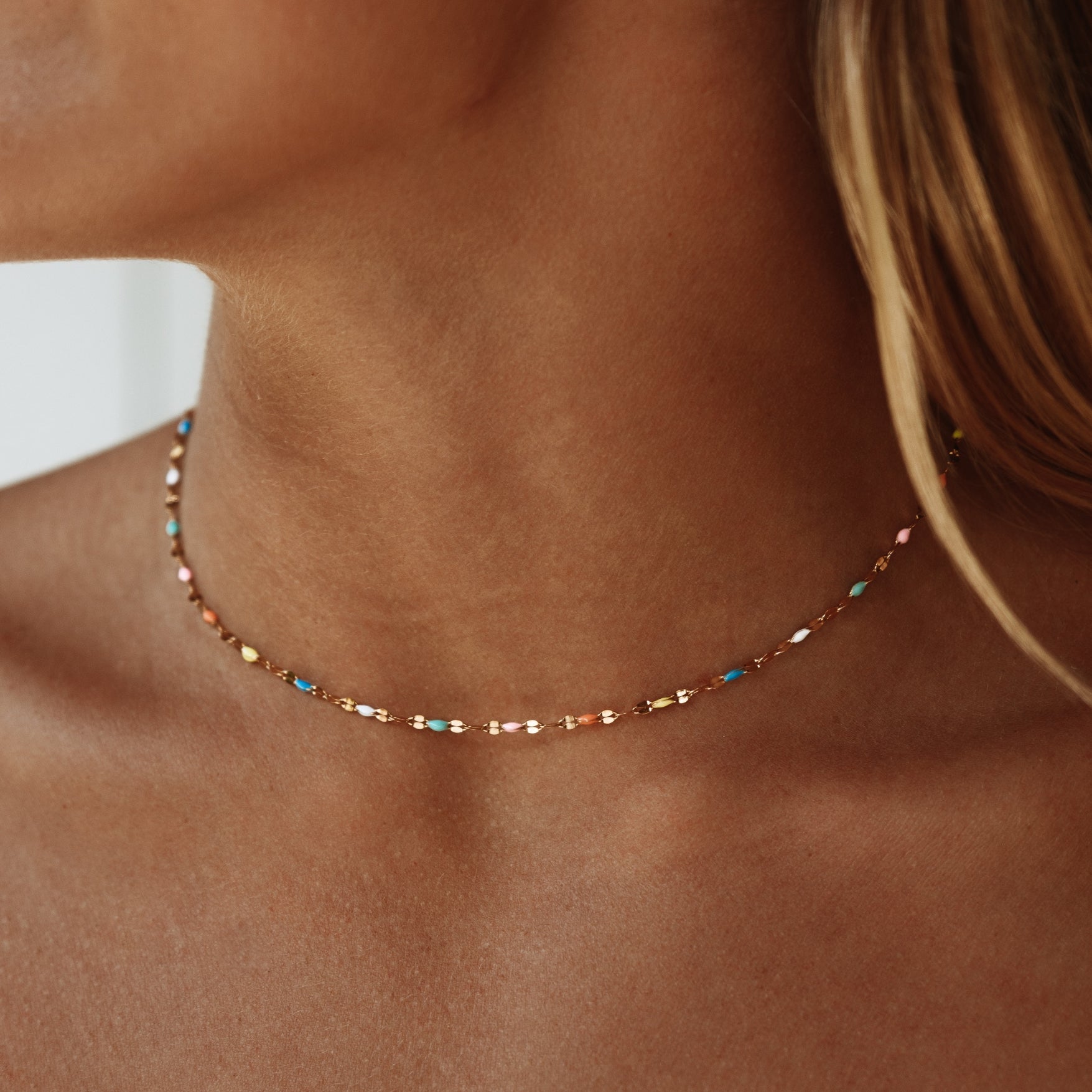
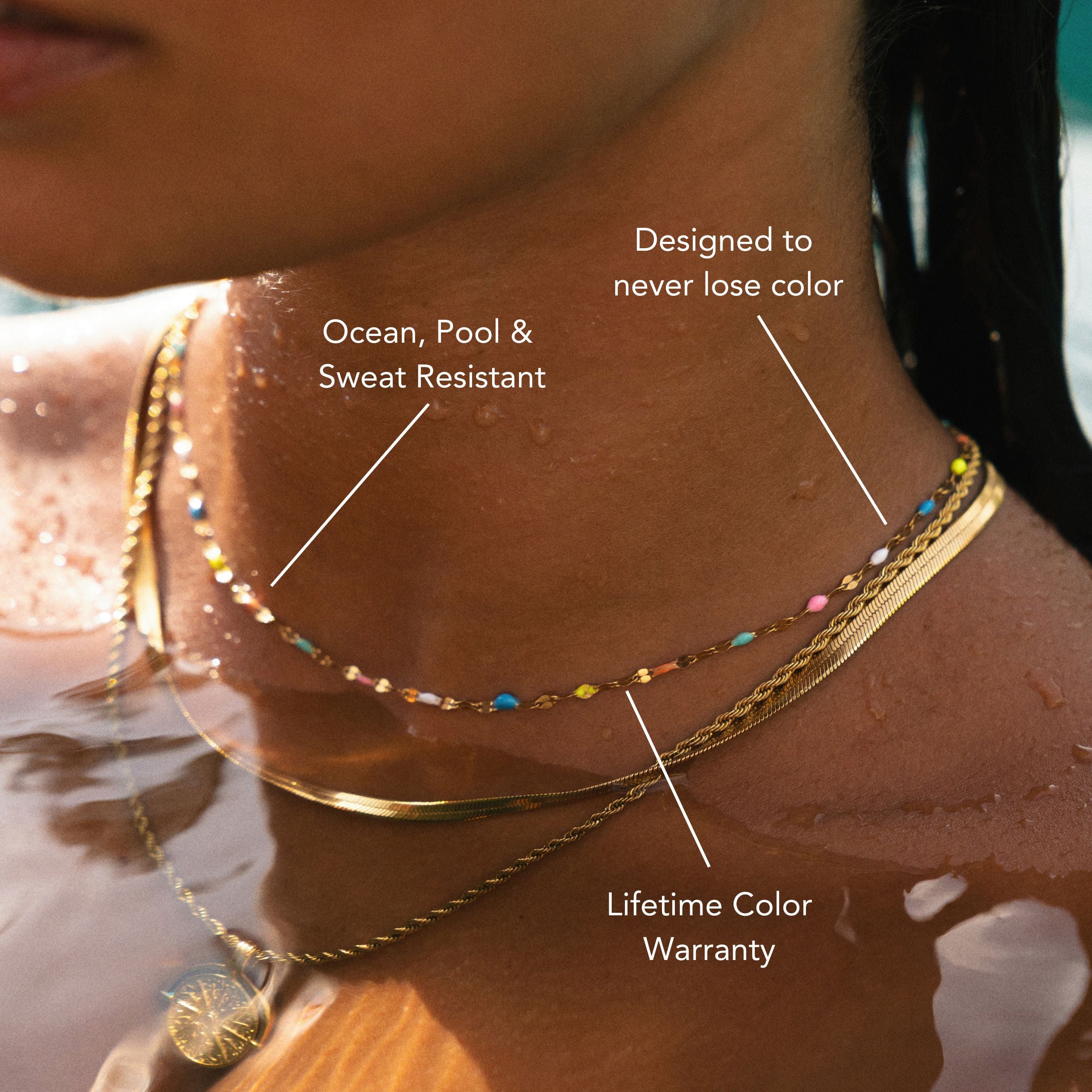
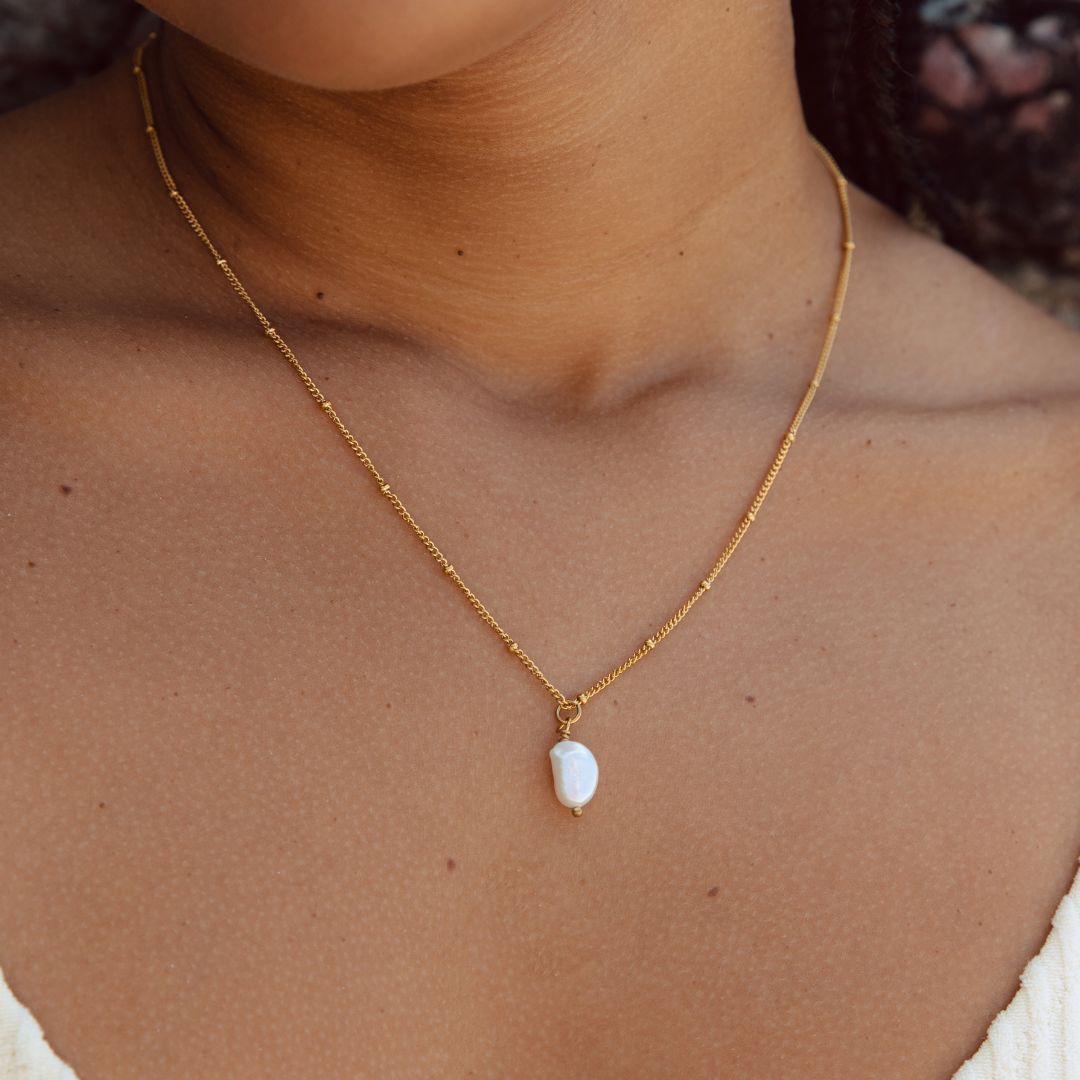

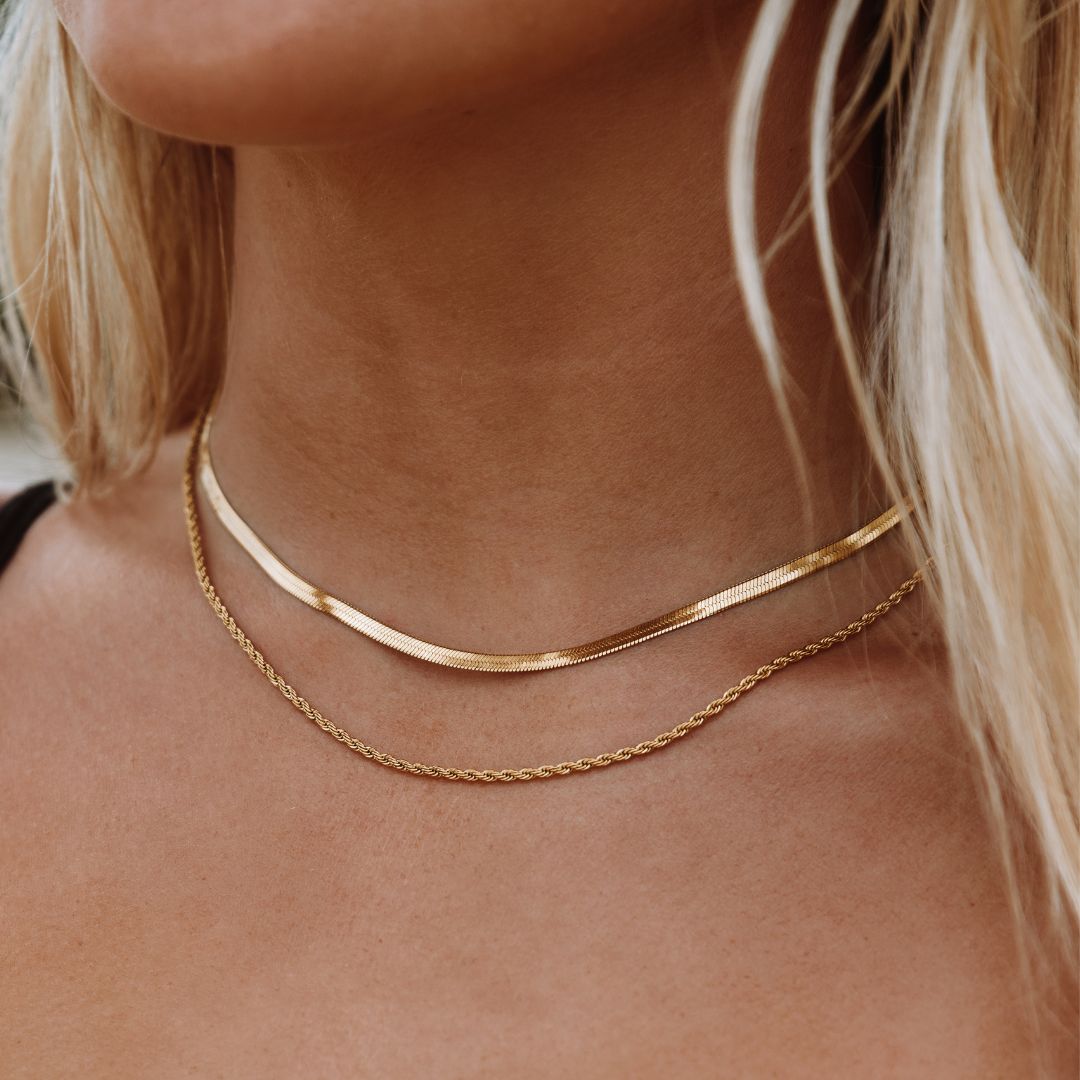
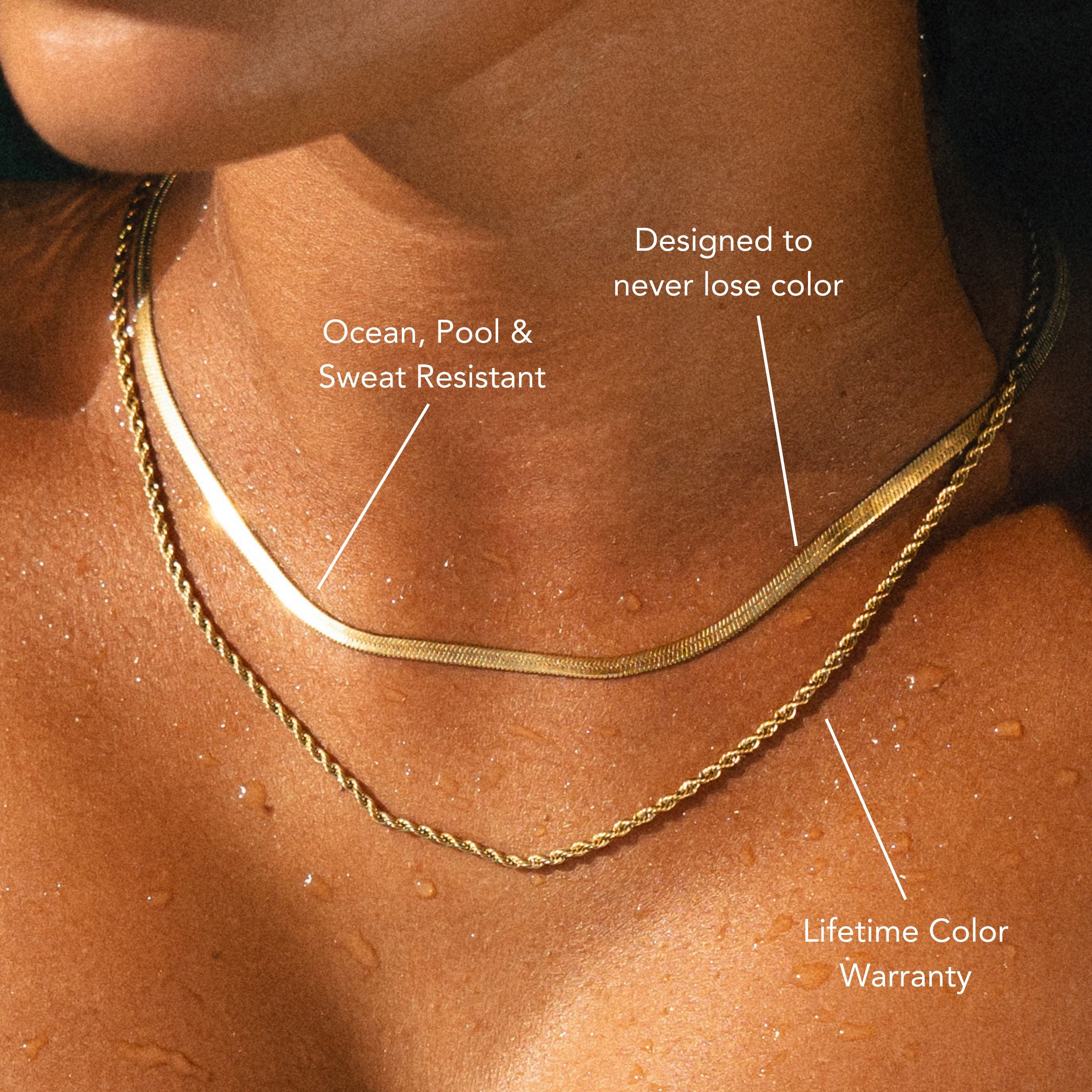
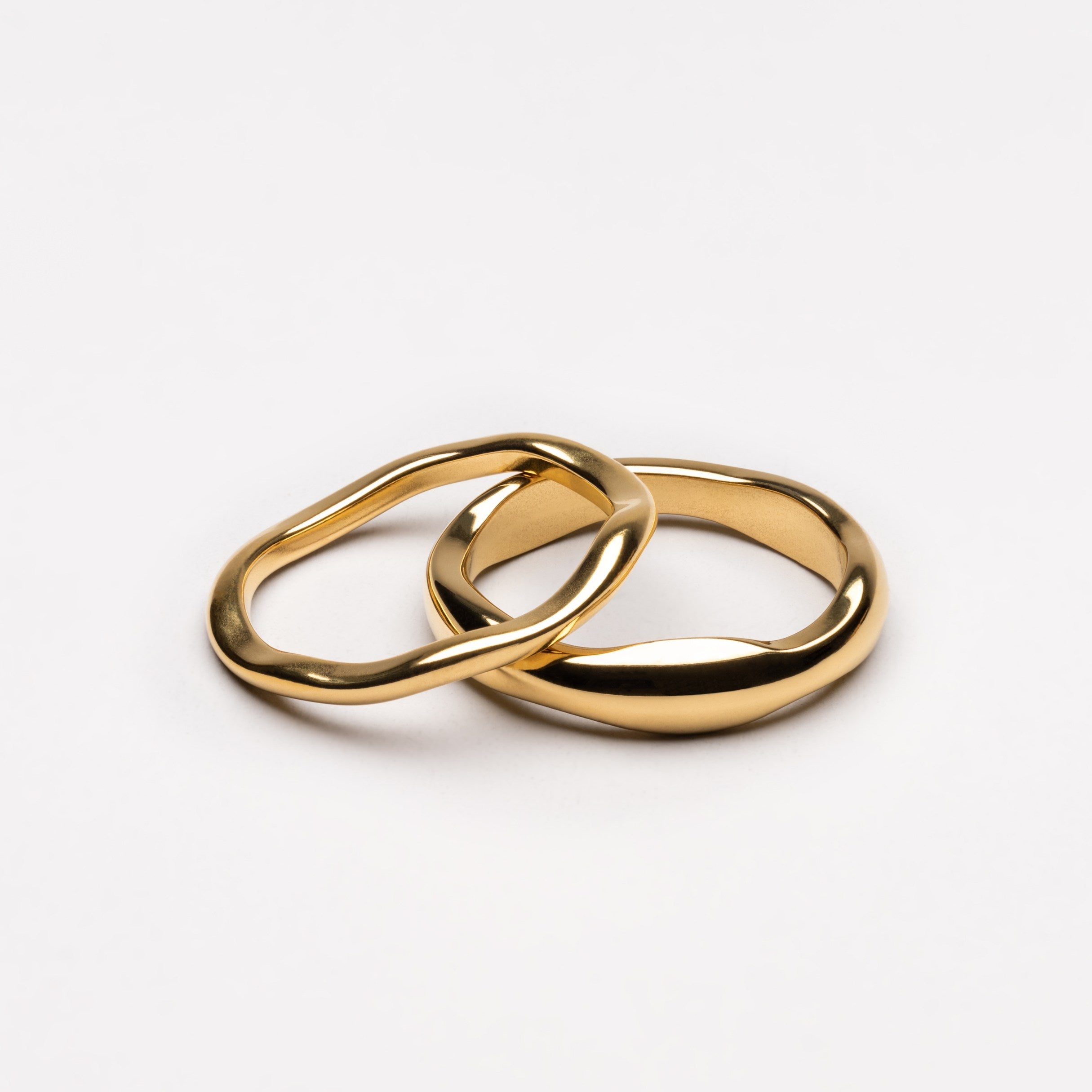
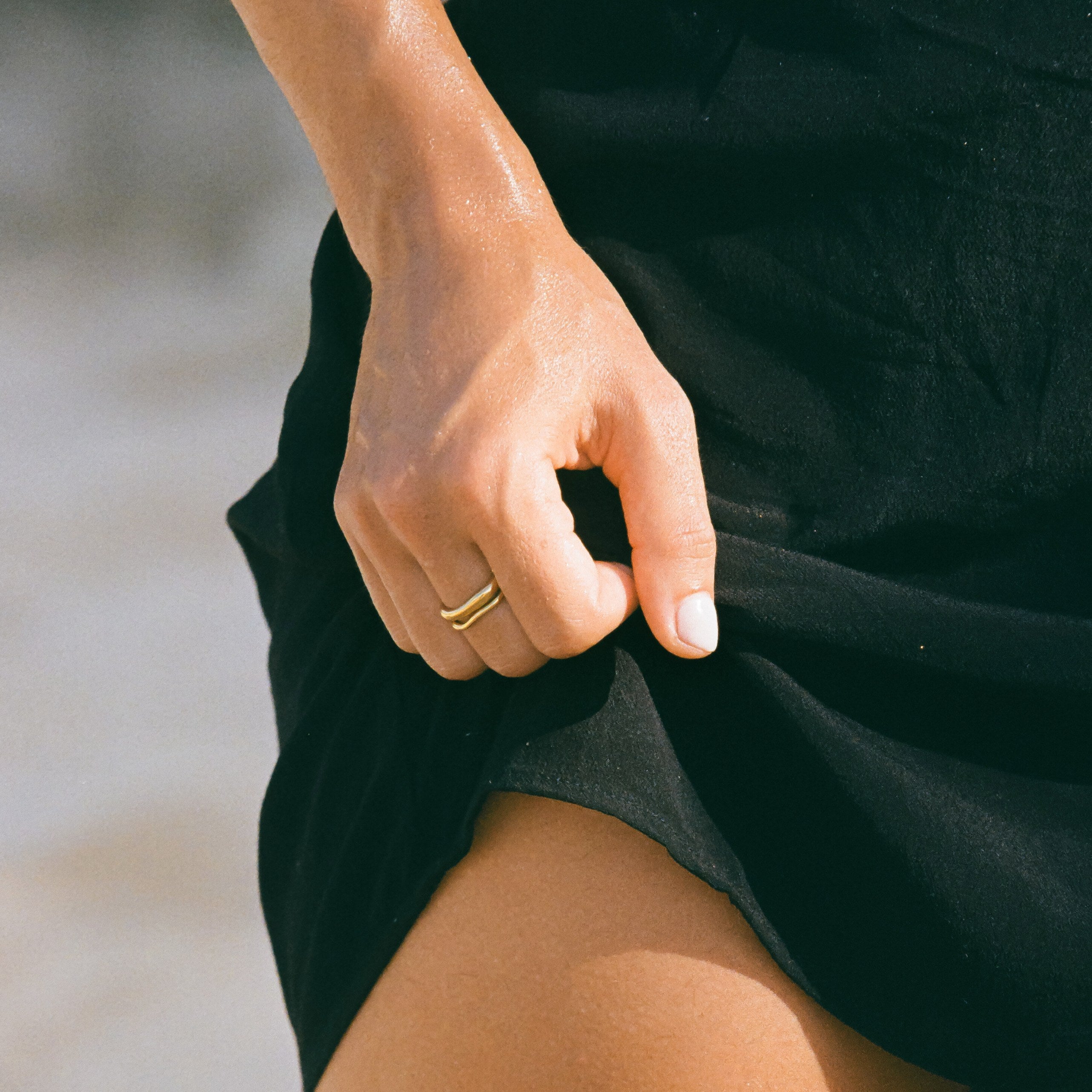
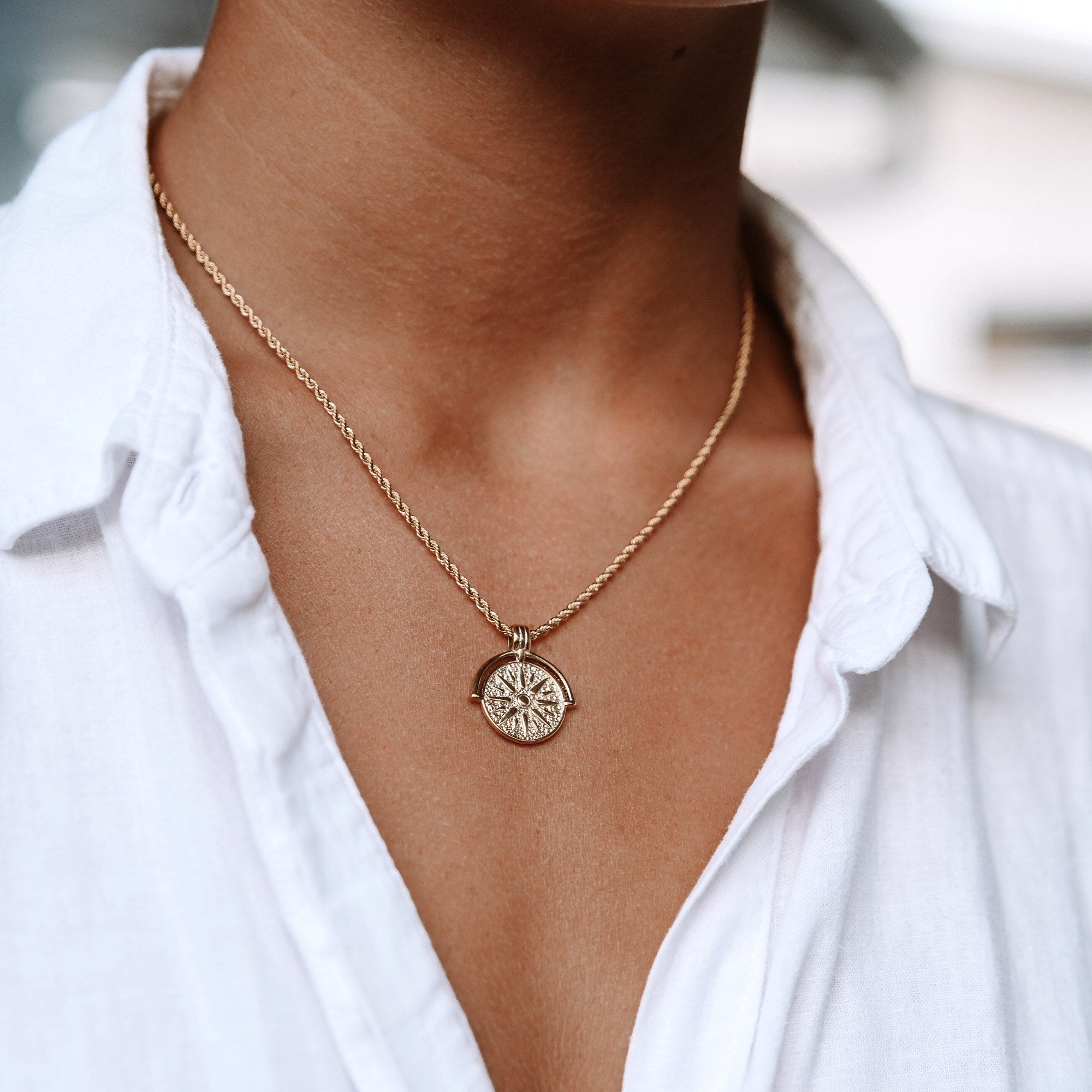
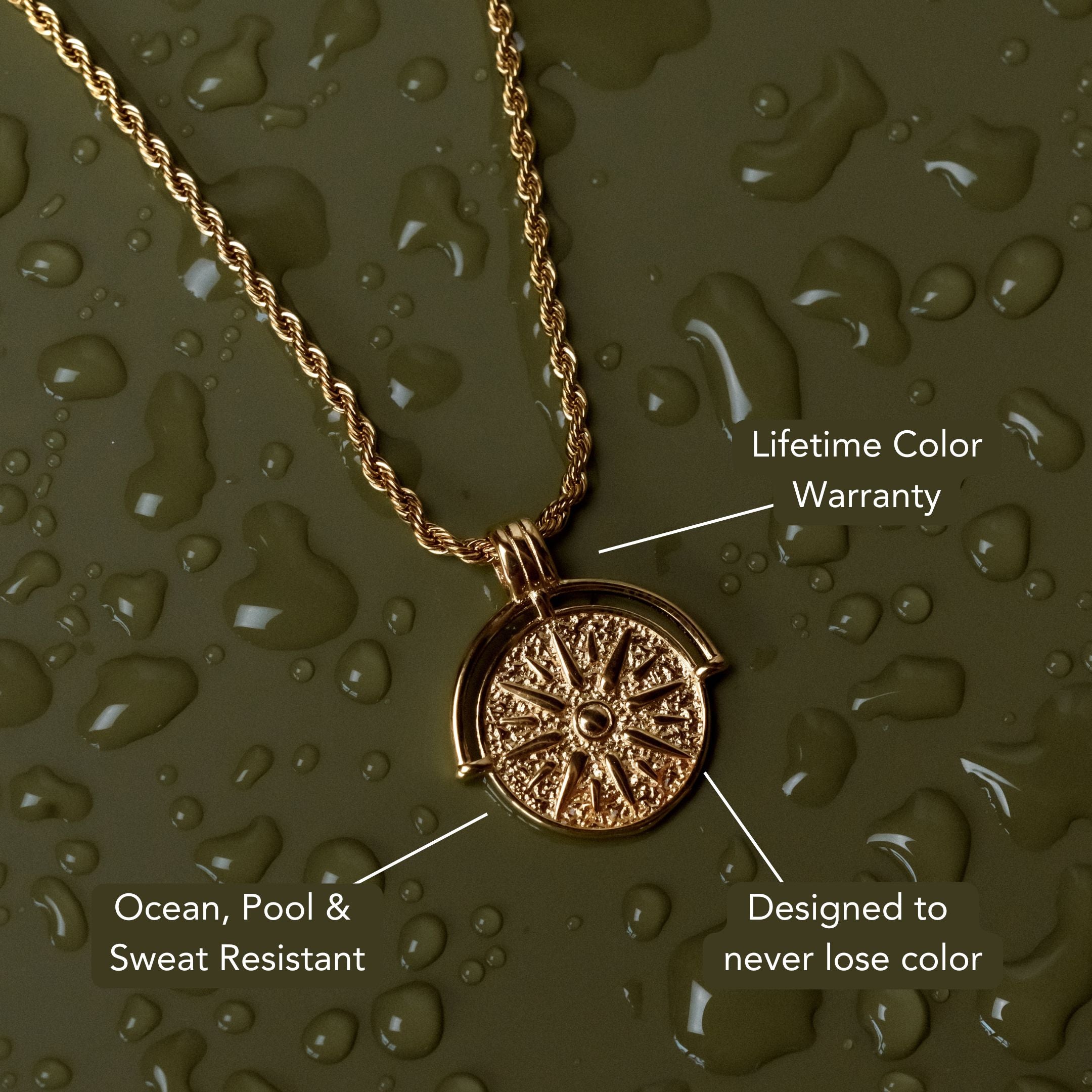

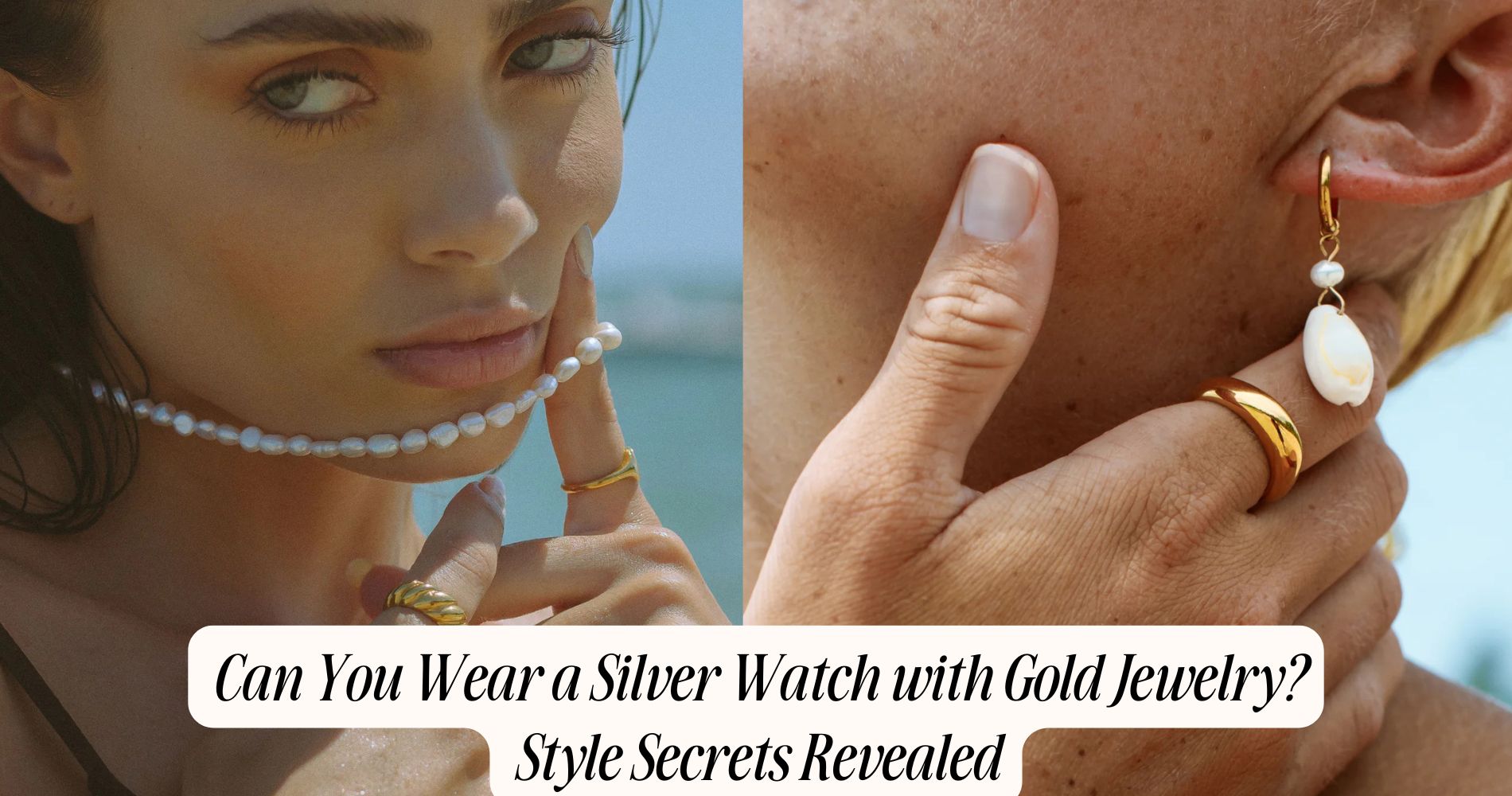




Leave a comment
This site is protected by hCaptcha and the hCaptcha Privacy Policy and Terms of Service apply.